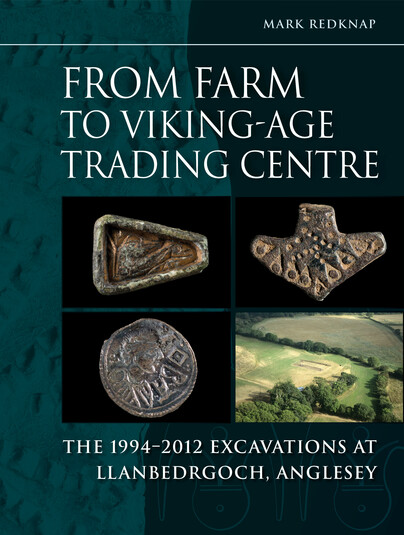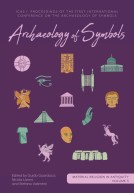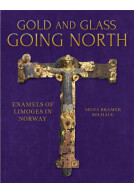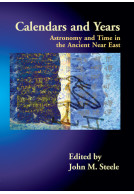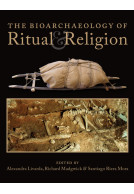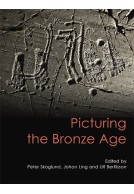From Farm to Viking-age Trading Centre (Hardback)
The 1994–2012 Excavations at Llanbedrgoch, Anglesey
Imprint: Oxbow Books
Pages: 592
Illustrations: 300 B/W and colour illustrations
ISBN: 9798888571972
Published: 15th August 2025
Script Academic
Pages: 592
Illustrations: 300 B/W and colour illustrations
ISBN: 9798888571972
Published: 15th August 2025
Script Academic
You'll be £48.00 closer to your next £10.00 credit when you purchase From Farm to Viking-age Trading Centre. What's this?
+£4.99 UK Delivery or free UK delivery if order is over £40
(click here for international delivery rates)
Need a currency converter? Check XE.com for live rates
(click here for international delivery rates)
Need a currency converter? Check XE.com for live rates
The discovery of early medieval artefacts by metal detectorists at Glyn, Llanbedrgoch, Anglesey from the late 1980s led to a longterm programme of archaeological investigations by the National Museum of Wales (now Amgueddfa Cymru). Excavation revealed rich evidence for human activity from the Mesolithic period to the present, but its international recognition as a transformative site has been based on the remarkable early medieval evidence covering the 5th to 6thcentury transition up to the 11th century.
The early medieval enclosed settlement has produced the richest archaeological record in preNorman Wales for this period of political and cultural transformation. The site provides a unique sequence of development from small farm and entrepôt to a developing regional centre from the 7th century. By the 10th century, Llanbedrgoch had become an important commercial centre for the kingdom of Gwynedd, while possibly functioning in the manner of an estate centre with protourban potential. The excavated evidence shows an influx of material culture that is mixed, vibrant and in tune with the data from other sites around the Irish Sea and the Continent.
This publication integrates all the archaeological evidence discovered, including the first house plans from Vikingage Wales and details of objects made, cherished, consumed, destroyed and repaired. Eight early medieval burials provide data on personal appearance, health, diet and origins (including slavery), and four have facial reconstructions. New artefacts classifications and interpretations are provided, and corpora on dress accessories, hacksilver, household equipment and quernstones found in early medieval Wales presented. The social, economic and political contexts are discussed.
Other titles in Oxbow Books...







